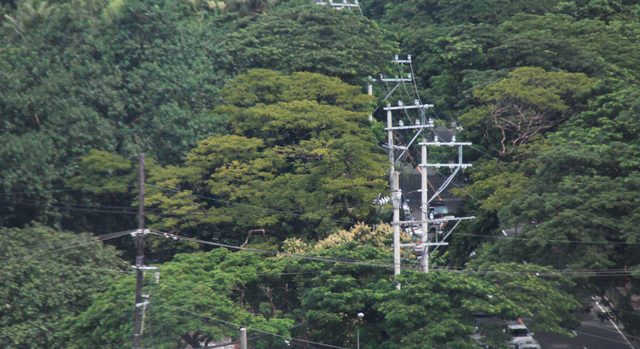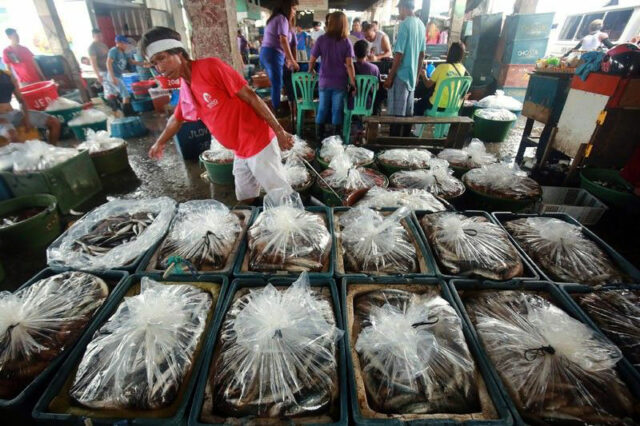Sea posts surprise loss on hefty e-commerce investments; shares fall
SINGAPORE-BASED Sea reported a surprise third-quarter loss as the Southeast Asian tech giant prioritized growth over profits by pouring money into its e-commerce business, sending its shares more than 17% lower on Tuesday.
Rising competition from Alibaba Group’s Lazada and ByteDance’s TikTok, along with new entrants like PDD’s Temu, have forced Sea to revamp its playbook this year, with warnings that the increased e-commerce investments may lead to losses in some quarters.
“The entrance of new players has intensified competition in our markets… we will prioritize investing in the business (e-commerce) to increase our market share and further strengthen our market leadership,” said CEO Forrest Li.
The company also expects to boost investments, it said, ahead of the key holiday shopping season in the fourth quarter.
Sea has spent heavily in what is called “e-commerce live streaming,” where products are sold over live videos, a model popular in China.
The company posted a loss of 26 cents per share for the quarter ended Sept. 30, ending its streak of three straight profitable quarters. Analysts were expecting a profit of three cents per share, according to LSEG data.
The $26-billion firm had a meteoric run in 2020 and part of 2021, when pandemic-led demand lifted revenues and helped it expand beyond Southeast Asian markets.
However, a global economic slowdown hit e-commerce and digital entertainment, forcing Sea to undertake hefty cost cuts including laying off thousands of employees.
Sea’s quarterly revenue grew 4.9% to $3.3 billion, with the e-commerce segment growing more than 16%. — Reuters














